Design Guide for Semi-rigid Composite Joints and Beams – Beam-to-Beam Composite Joints
$96.00
By J Y Richard Liew, National University of Singapore, Singapore
Yuichi Nishida, Nippon Steel Corporation, Japan
ISBN-13: 978-981-18-0530-1 (hard bound)
ISBN-10: 981-18-0530-1 (hard bound)
Extend: 124pp
120 in stock (can be backordered)
Description
This publication is a follow-up with the previous work on design guide for buildable steel connections,1 which is meant for bolted and welded steel connection without considering the benefit of composite action between the steel connection and steel reinforcements in the concrete/composite slab.
For multi-storey composite buildings in which laterally stability resistance is provided by concrete core wall or steel bracing frame system, simple pin joints, such as fin plate bolted connections, are often used in beam-to-column and beam-to-beam joints. This is because these simplified joint details are relatively easier to install at site compared to moment joints and they are preferred in conditions where the structural frameworks are not subjected to significant horizontal loads. In modern commercial buildings, long span and open space floor beam layout plan are often preferred. Floor beams with semi-rigid end connections can achieve a more economical design without the need of complicated rigid joint detailing.
In EN 1993-1-82, joints may be classified as pin, semi-rigid or rigid in terms of their initial rotational stiffness and/or moment resistance depending on the analysis methods adopted in the design. In EN 1994-1-13, composite joints are defined as joints in which slab reinforcements are considered to calculate the rotational stiffness and moment resistance if the reinforcements are continuous over the joints. Therefore, in accordance with EN 1994-1-1, some of the simple pin joints defined in EN 1993-1-8 can be classified as semi-rigid joints if the reinforcing bars in the concrete slab are continuous over the joints and some degree of rotational restraint can be provided. Specifically, a mechanical model in which the tension force is transferred by reinforcing bars and compression force is transferred by bearing bolts can be assumed. However, there are often gaps between the bearing bolts and bolt holes that prevent the development of effective rotational restraint at the initial loading stage. Hence, this type of joints is designed as nominally pin joints in practice.
This book proposes a contact type of semi-rigid composite joints which can certainly develop higher rotational stiffness and moment resistance. In these joints, contact plates are inserted at the bottom flange of the steel beam. Although these contact plates are designed to transfer only the compression force, an effective measure is needed, either by bolts or welding, to ensure good contact.
This design guide is based on EN 1994-1-1 for the design of beam-to-beam composite joints with detailed methods developed for practical use. Design procedures for secondary composite beams with composite joints are also provided. This design guide will endow structural engineers with the confidence to use beam-to-beam composite joints in a safe and economic manner to design and construct composite structures.
Upsell Products
Design of Composite Steel and Concrete Structures
178 in stock
ISBN: 978-981-07-6947-5
Price: US$96 (Hardbound)
Extend: 238 pp
Year: 2013
Design of Steel Structures with Worked Examples to EN1993-1-1 and EN1993-1-8
28 in stock
ISBN: 978-981-08-9441-2
Price: US$56 (Hardbound)
Extend: 196 pp
Year: 2012
Design Guide for Concrete Filled Tubular Members with High Strength Materials to Eurocode 4
92 in stock
ISBN: 978-981-09-3267-1
Price: US$96 (Hardbound)
Extend: 176 pp (including color inserts)
Year: 2015

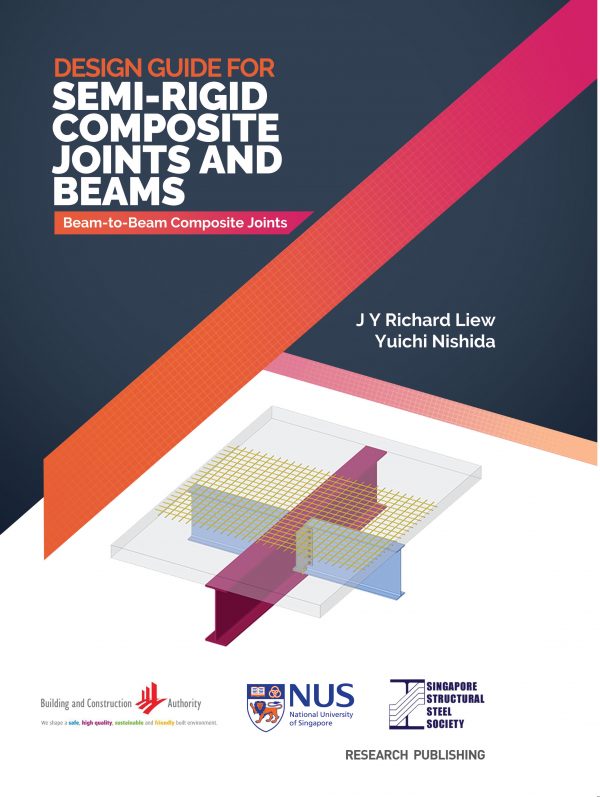
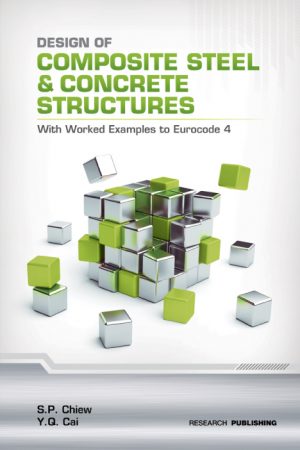
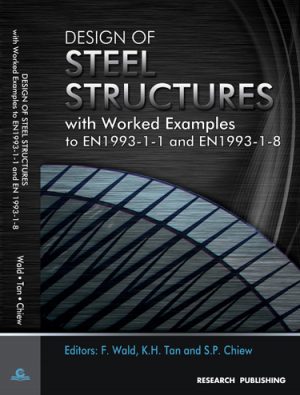
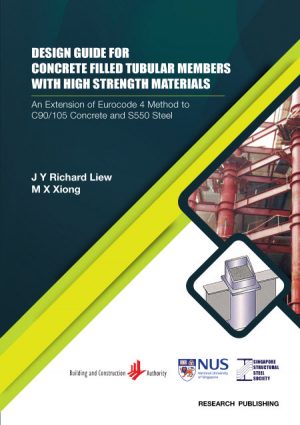
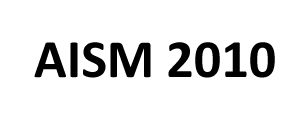
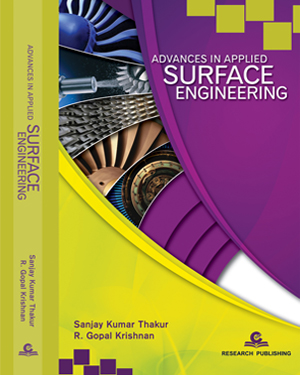
![Hydroinformatics [set of 4 volumes]-0](https://rpsonline.com.sg/newrps/wp-content/uploads/2011/09/product_h_i_hic2006-vol1_cover_1.jpg)



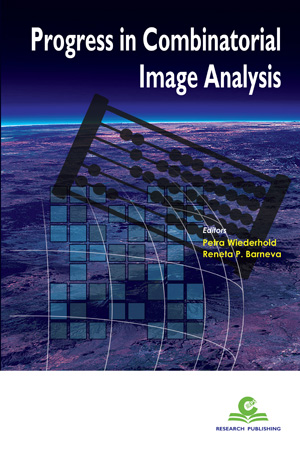
Reviews
There are no reviews yet.